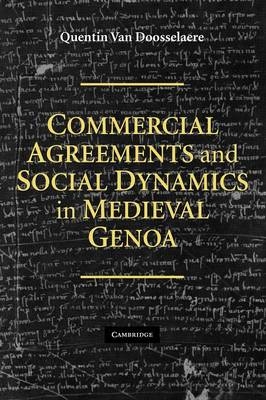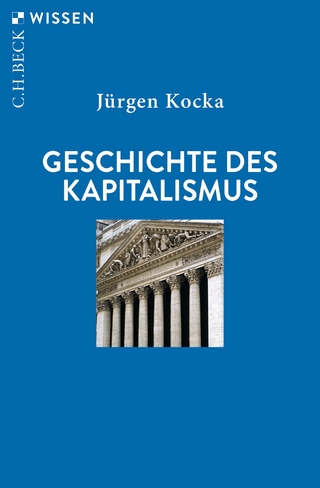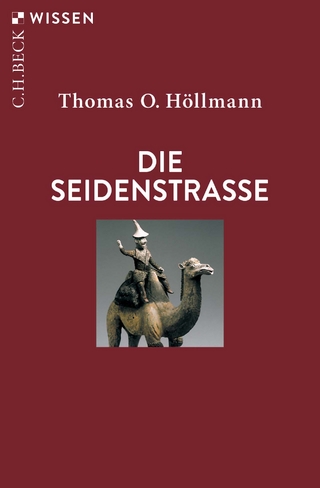
Commercial Agreements and Social Dynamics in Medieval Genoa
Seiten
2012
Cambridge University Press (Verlag)
978-1-107-40429-8 (ISBN)
Cambridge University Press (Verlag)
978-1-107-40429-8 (ISBN)
An empirical study of medieval long-distance trade agreements and the surrounding social dynamics that transformed the feudal organization of men-of-arms into the world of Renaissance merchants. Drawing on 20,000 notarial records, the book traces the commercial partnerships of thousands of people in Genoa from 1150 to 1435 and reports social activity.
Commercial Agreements and Social Dynamics in Medieval Genoa is an empirical study of medieval long-distance trade agreements and the surrounding social dynamics that transformed the feudal organization of men-of-arms into the world of Renaissance merchants. Drawing on 20,000 notarial records, the book traces the commercial partnerships of thousands of people in Genoa from 1150 to 1435 and reports social activity on a scale that is unprecedented for such an early period of history. In combining a detailed historical reading with network modeling to analyze the change in the long-distance trade relationships, Quentin van Doosselaere challenges the prevailing western-centric view of development. He demonstrates that the history of the three main medieval economic frameworks that brought about European capitalism - equity, credit, and insurance - was not driven by strategic merchants' economic optimizations but rather by a change in partners' selections that reflected the dynamic of the social structure as a whole.
Commercial Agreements and Social Dynamics in Medieval Genoa is an empirical study of medieval long-distance trade agreements and the surrounding social dynamics that transformed the feudal organization of men-of-arms into the world of Renaissance merchants. Drawing on 20,000 notarial records, the book traces the commercial partnerships of thousands of people in Genoa from 1150 to 1435 and reports social activity on a scale that is unprecedented for such an early period of history. In combining a detailed historical reading with network modeling to analyze the change in the long-distance trade relationships, Quentin van Doosselaere challenges the prevailing western-centric view of development. He demonstrates that the history of the three main medieval economic frameworks that brought about European capitalism - equity, credit, and insurance - was not driven by strategic merchants' economic optimizations but rather by a change in partners' selections that reflected the dynamic of the social structure as a whole.
List of figures; List of tables; Abbreviations; Acknowledgments; 1. From sword into capital; 2. Genoa at the dawn of the commercial expansion; 3. Equity partnerships for heterogeneous ties; 4. Credit network for routinized merchants; 5. Insurance ties for oligarchic cohesion; 6. Conclusion; Appendix A. Sample of prices and income; Appendix B. Sample of long-distance trade participants' occupations; Appendix C. Commenda network graphs; Appendix D. Nodal degree distributions of commenda networks; Appendix E. List of top mercantile nonaristocratic families; Appendix F. Partner selection probability model; Bibliography; Index.
| Erscheint lt. Verlag | 10.5.2012 |
|---|---|
| Zusatzinfo | Worked examples or Exercises |
| Verlagsort | Cambridge |
| Sprache | englisch |
| Maße | 152 x 229 mm |
| Gewicht | 420 g |
| Themenwelt | Geschichte ► Teilgebiete der Geschichte ► Wirtschaftsgeschichte |
| Sozialwissenschaften ► Soziologie ► Empirische Sozialforschung | |
| Wirtschaft ► Volkswirtschaftslehre ► Wirtschaftspolitik | |
| ISBN-10 | 1-107-40429-0 / 1107404290 |
| ISBN-13 | 978-1-107-40429-8 / 9781107404298 |
| Zustand | Neuware |
| Haben Sie eine Frage zum Produkt? |
Mehr entdecken
aus dem Bereich
aus dem Bereich


